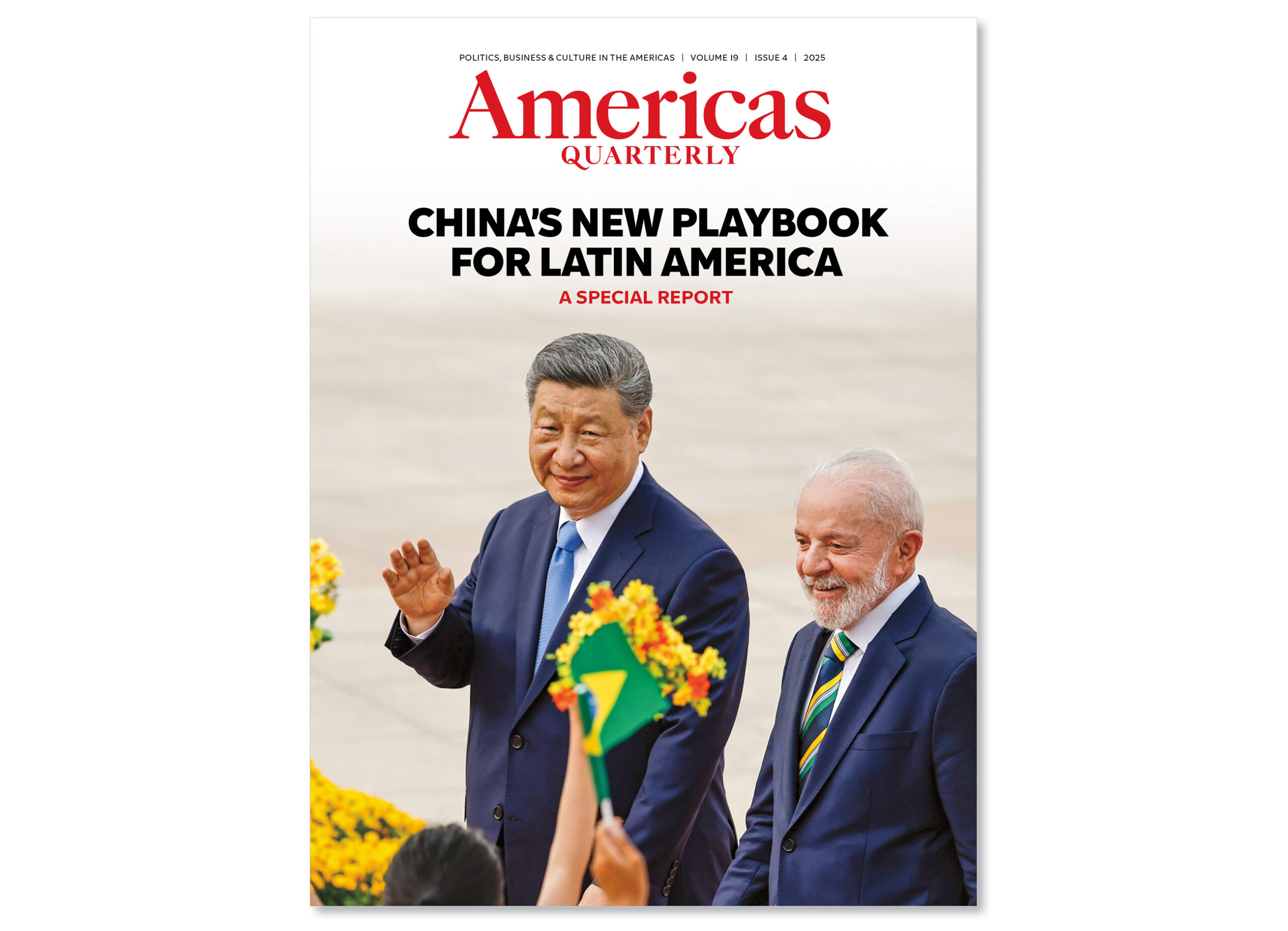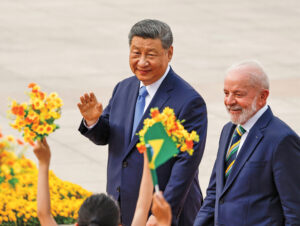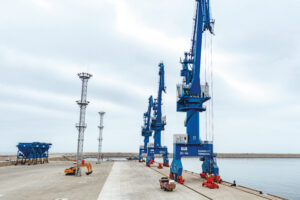This article is adapted from AQ’s special report on China and Latin America

Since Donald Trump returned to the White House, the same lament has circulated throughout Washington and beyond: that the president’s actions might be pushing Latin America closer to China. Indeed, Trump’s stated desire to “take back” the Panama Canal, his high tariffs on Brazil and other countries, and the recent decertification of Colombia’s drug-fighting efforts have strained relationships with several longtime allies.
Yet concerns about a loss of U.S. influence should fully account for the other side of the equation: China’s approach to Latin America also seems to be evolving. After 20 years of offering loans, new ports and other infrastructure projects, Beijing is pursuing a more selective approach—focused on high-end technologies and other strategic sectors.
Trade continues to boom. Last year, China-Latin America trade rose 6% to $518 billion, with soybeans, lithium and copper flowing east and smartphones, electric vehicles and more flooding back. Yet Latin America’s relative share of infrastructure investments under China’s signature Belt and Road Initiative (BRI) is now falling for the third consecutive year. That reflects a broader shift toward a more “targeted, strategic approach” to the region, as well as changing economic priorities within China itself, writes Margaret Myers in this issue’s cover story.
Meanwhile, another front is evolving: military diplomacy. A group of analysts from the Center for Strategic & International Studies Americas Program highlight China’s significant rise in engagement with most armed forces in the region. This military diplomacy aligns with Beijing’s Global Security Initiative, which offers countries a mix of defense cooperation, technology and non-traditional security support—from climate change to health.
Most Latin American countries are trying to find a balance. The two largest economies in the region are moving in opposite directions, with Mexico edging closer to the U.S. orbit while Brazil takes ever greater distance from it, writes Brenda Estefan, a professor at IPADE Business School in Mexico City.
With China’s influence growing in Latin America, the U.S. still holds advantages. But unless Washington renews both its economic and security efforts, the hemisphere could find itself more firmly in Beijing’s orbit through trade ties and military partnerships.









